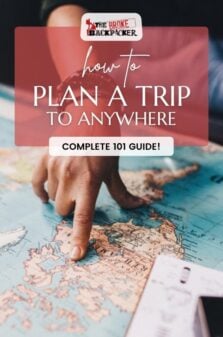So, you’re wondering how to plan a backpacking trip? Well, trip planning is an art. Often, though, I’ve felt less like a DaVinci and more like a toddler smearing fingerpaint on the wall.
When I first started travelling, I had NO CLUE how to plan a backpacking trip. Like, zero. Negative digits.
I didn’t know what to pack. I didn’t know how to research the places I wanted to see and I sure didn’t know how hostels worked. It was at the cusp of the smartphone revolution, and travel blogs were not quite as informative as today (lucky you…).
Planning a backpacking trip is different than making a travel plan for a normal holiday. You’re likely to be working on a tighter budget and maybe even travelling to places that don’t have a lot of info online. This is when the extra exciting spice comes in.
If you’re planning your first backpacking trip, it’s OKAY to be lost. You’ve come to the right girl to show you the ropes. I wish I would have had a handy guide like this before I started backpacking!
How, what, who and where — here is the lowdown of what you need to know on how to plan a trip of a lifetime.

Photo: Will Hatton
The Broke Backpacker is supported by you. Clicking through our links may earn us a small affiliate commission, and that's what allows us to keep producing free content 🙂 Learn more.
Triple D’s of Planning a Trip: Destination, Duration and Dough
The first steps of trip planning for me usually go like this: ‘Oh, I have some free time then-and-then. Should I go somewhere? I’ve heard X is dope. Let’s check out some flight prices…’ And then it snowballs.
There is a more long-form version of this method though, for anybody who is wondering how to plan a backpacking trip. Let’s get to it.
Picking Your Travel Destination
The first step of planning your trip? Figuring out WHERE you want to go. (Duh.) This will depend on the kind of shenanigans you’re hoping to get into on your trip.
Want to experience cold hard culture or meander around old-growth forests? Are you looking to practice a language or eat sushi off a naked lady? All at once? Yum.
As a first-time backpacker, you might gravitate towards the age-old backpacker meccas. Backpacking Southeast Asia or Central Europe are both great choices. And I’ll add Peru and Colombia in there, the top destinations for those wanting to explore the Southern Americas.
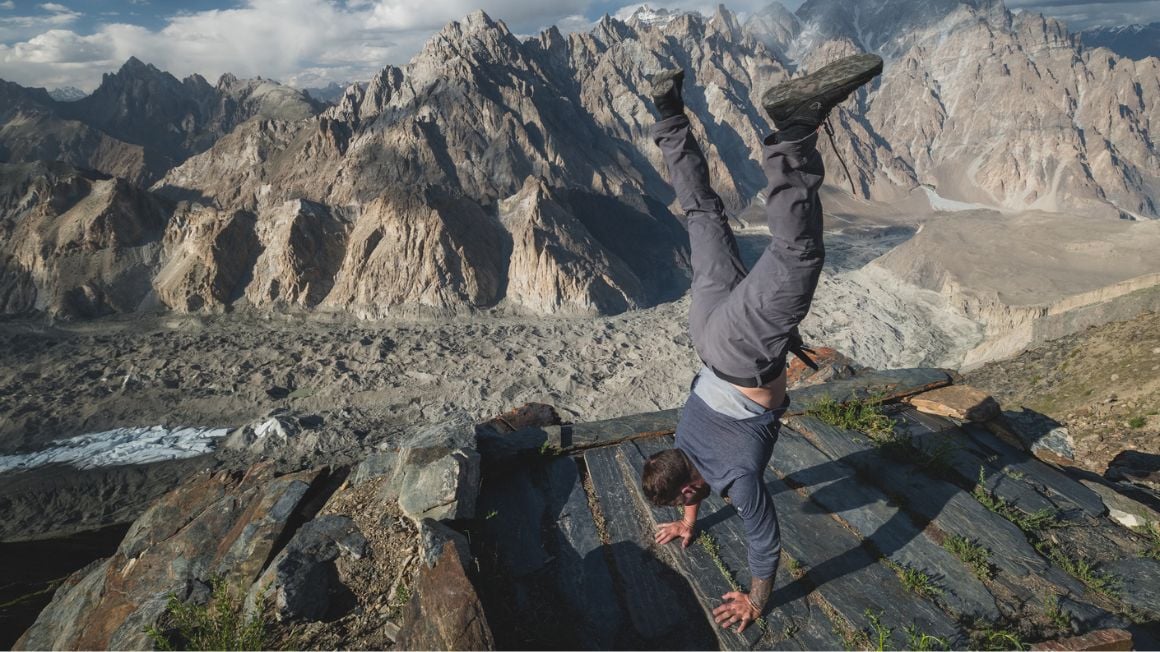
Photo: Will Hatton
The aforementioned destinations combine all the epic things one might hope from a first backpacking trip. Great hostel culture, cheap prices, safe routes and cool-ass travel buddies? Quadruple check!
However, there are no rules that say that you have to take the well-worn trail. There’s no tier system that you have to work your way through. Take me as an example, I travelled India before Thailand — Bangkok seemed very tame after the balls-to-the-wall insanity that was Delhi.
Old backpacker favs are easy and safe picks if you’re still finding your travelling feet, but there are far more places to see in this wonderful world for the adventurous kind.
Want to save money on accommodation?
We got you. For reals.
Setting the Timing of Your Trip
How long do you want to or can be gone? There is no right answer. Some wanderers take off between uni courses and on the weekends… some book a one-way flight ticket and travel for a year…or ten.
Ok, so when to go, then?
Travelling in the shoulder season is your best bet if you’re trying to save money but also enjoy life. Shoulder season refers to those couple of months between peak season and off-season when prices are somewhat lower, weather is still not as bad as in the off season, and there are far less crowds.

Photo: @willhatton__
Check out the weather and the seasons at your destination for when you want to travel to avoid awkward surprises. Good weather does not automatically equal great travels.
For example, visiting Bali is always awesome since it’s warm all year round but it has a long-ish rainy season which is not ideal if you don’t enjoy being soggy on your holiday. And don’t even dream of Croatia in July — that’s when everyone else is dreaming of it, too.
Oh, and check if your trip coincides with any national holidays that might result in shops being closed and transportation being shut down.
Setting a Budget
Let’s talk money, baby!
Your budget depends on how bougie or. broke you want to be. Backpacking on a budget is an easy way to make your trip last longer, but your budget depends much on your destination. Slumming it in Finland costs probably as much as living like a queen bee in the Philippines.
Planning a budget has a lot of moving parts. How much can you afford to put towards a trip? Once you’ve decided on that money, you can choose if you want to spend a longer time somewhere cheap, or a shorter time somewhere more expensive.
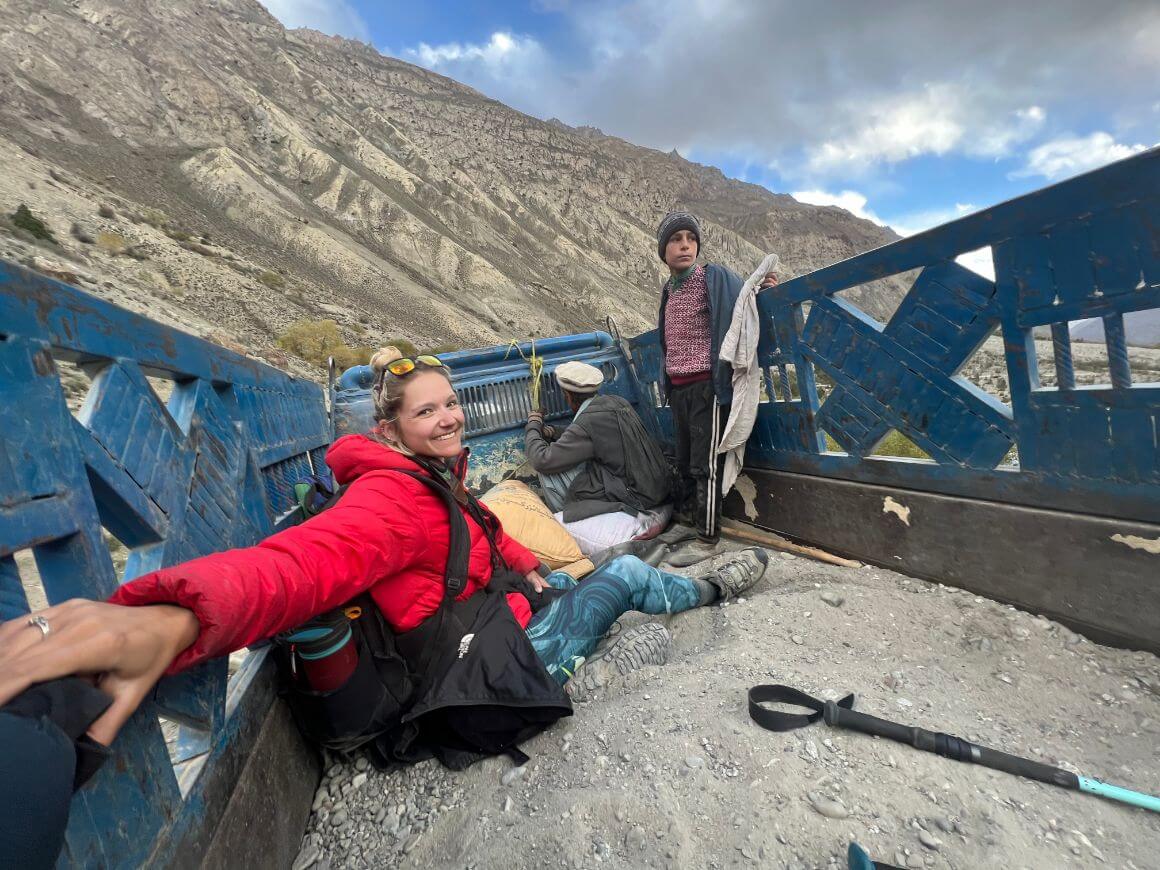
Photo: Samantha Shea
But hey, it’s all good if you’ve got mothballs instead of dollar bills in your wallet and still want to travel somewhere expensive. By picking up cool travel jobs, you can make money on the go or cover the costs!
The work exchange Worldpackers is one of TBB’s favourite ways to save some cash. Some countries also offer visa schemes for this purpose. The working holiday visa was the whole reason I was able to travel around Australia at 18 with mostly just holes in my pockets.
Setting up a budget is most important if you’re not planning to work on the road, but it’s always good to know the general level of costs of a place. You can get some idea about this on country-specific budget guides (all our backpacking guides have this section!) or through Numbeo’s database.

Unlock Our GREATEST Travel Secrets!
Sign up for our newsletter and get the best travel tips delivered right to your inbox.
Time to Book It!
Got a vague idea of what and where – dope! The next step is to book the trip.
How to Find the Best Flight Deals
Yes, you can go to your favourite airline’s website and book the first flight to your destination — alternatively, you can also throw a big stash of cash out the window. Instead, become a master in the art of finding cheap flights!
Many third-party websites help you compare flight prices between different companies and airlines. They usually help you with planning your trip a bit more flexibly. For example, instead of searching flights for a specific date, you can look for the cheapest date to fly in a given month.
Or you can just enter your departure city and sort destinations by where it is the cheapest to fly to… me likey.
Age-old favourites are SkyScanner and Google Flights. I also love Momondo, which seems to be less well-known but often gives me better deals.

Photo: @amandaadraper
NOTE: flight comparison sites just list different flight deals, the actual booking takes place through another third-party website. Make sure you buy your tickets from a reputable vendor if you’re not buying directly through an airline’s website. You can check how trustworthy certain vendors are through sites like Trustpilot and similar.
Old wives’ tales say that booking flights is the cheapest on Tuesdays about three months before your trip — whether this is true, you’ll have to test it for yourself.
It’s better to book flights in Incognito mode since some flight sites save your info on the flights you’ve looked up and show you higher prices the next time you visit. You can also set up a price alert that sends you an email whenever prices go down.
And if all else fails — snatch some proper epic deals by booking error fares!
Some tips from a veteran flight-booker: Things to Look Out for When Booking a Flight
- Multiple or long layovers = cheaper but not worth it! Save 200 dollars through 18-hour layovers but arrive grumpy, stiff-necked and totally zonked out.
- Check airport opening hours. All broke backpackers have experienced sleeping at the airport… but turns out not all airports are open 24/7 and might kick you out.
- Transit regulations. Sometimes you need a visa for your layover destination if you have a long layover or the country just likes to be annoying like that.
- Check arrival times. It’s safer you don’t land in the AM, especially as a solo female traveller, I try to make sure I get to a new city during daylight.
Book Accommodation – Or Maybe Not
Sometimes booking accommodation beforehand is justified. If you’re travelling to notoriously overcrowded cities at the peak of tourist season, it might be smart to book at least a few places beforehand.
Similarly, find out if there are any special events that you have to plan for, like public holidays, big sports events or festivals. Booking a hostel dorm in Sydney one day before New Year’s costs 250 dollars — and the 24/7 KFC will NOT let you sleep in the booth in the back.

Image: Nic Hilditch-Short
Honestly, though, I don’t like booking stuff up too early on. It limits your flexibility and stops you from going on wonderful impromptu adventures with your new travel buddies. In my experience, you can always find something, whether it’s a couch of a friend of a friend, a hostel in the next town over, or a slightly more expensive guest house.
A good option is to make a flexible booking. Hostelworld allows you to make flexible bookings that you can cancel closer to the time, and they refund the money you paid as Hostelworld credits towards your next booking. You do pay a buck or two more for that option but it’s a lifesaver if you want both security and flexibility.
Another GREAT option for adventurous backpackers is to just camp it out. If you travel with a light-weight sleeping bag and a backpacking hammock or a tent, you never really have to worry about being left homeless for the night. The world is your home now!

Drink water from ANYWHERE. The Grayl Geopress is the worlds leading filtered water bottle protecting you from all manner of waterborne nasties.
Single-use plastic bottles are a MASSIVE threat to marine life. Be a part of the solution and travel with a filter water bottle. Save money and the environment!
We’ve tested the Geopress rigorously from the icy heights of Pakistan to the tropical jungles of Bali, and can confirm: it’s the best water bottle you’ll ever buy!
View on REI Read the ReviewDraft a Rough Itinerary
To be quite honest, I haven’t been a fan of making comprehensive travel itineraries for years. It pretty much only serves you if you’re limited on time and/or have specific things you want to see and experience. Strict schedules are NOT on the list of how to plan a trip you’ll never forget.
I often feel that a day-by-day itinerary kills any spontaneity and stops you from hurtling headfirst into adventures. A loose itinerary gives you more freedom and choice over the trip.
Besides, you usually get the dopest recs from the hostel staff or other travellers, not from guide books.
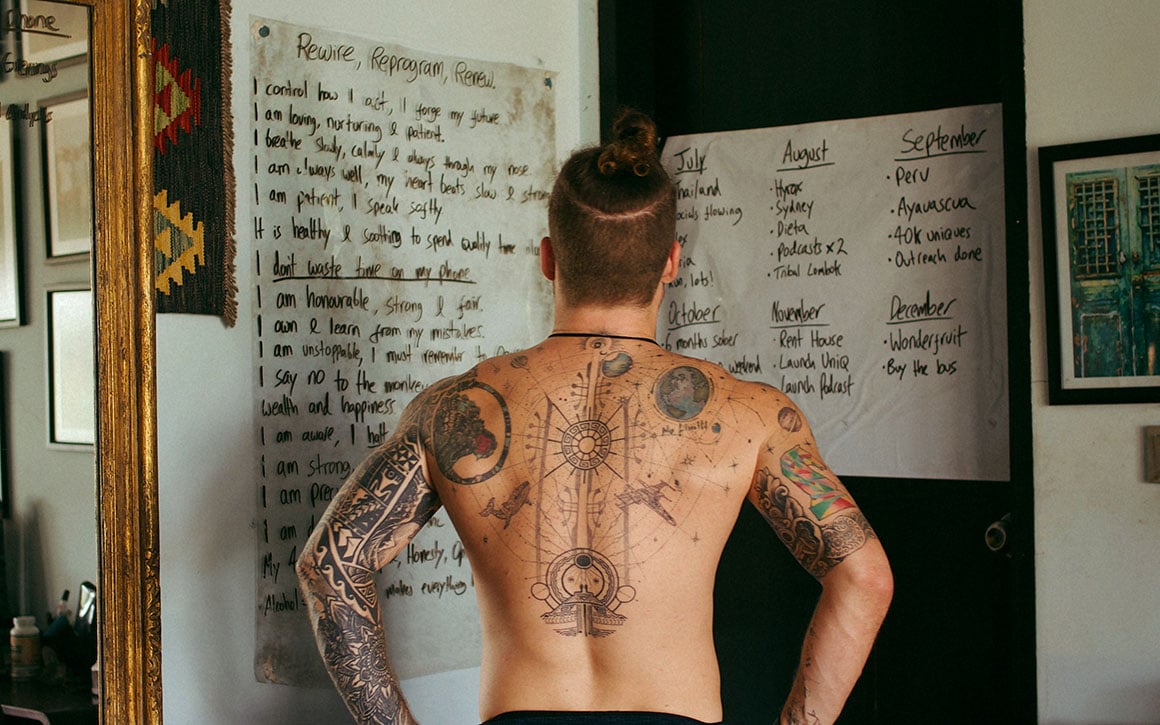
Photo: Will Hatton
Do make a vague list of things you’d like to see, though, so that you’re not completely lost when you arrive. I should have at least peeked at a backpacking Croatia guide before missing the ONLY attraction in Zadar because I forgot to do any research… In my defense, I had just come back from a multi-week hike.
Oh, and another thing — don’t overpack your itinerary. Travel burnout is a very real and very annoying dilemma that most backpackers encounter at some point. It’s always nice to leave something for the next time, as my old travel buddy used to say. Take it easy!
Don’t Be a Ditz – Know the Most Common Travel Scams
Scammers love targeting tourists because they’re thought to be easy targets, all lost and lonely in a foreign land. If you don’t know what to look out for, it’s easy to fall for even a simple travel scam.
Travel scams are especially common in Europe and Asia – obviously the most popular tourist spots on the planet.
Research the most common travel scams at your destination before leaving to ensure hassle-free fun timez.
Life Admin You NEED to Do Before You Go
We might be getting lower on the list of how to plan a trip, but this might just be the most important section. You’ll want to make sure the administrative part of your trip is as smooth as possible. (Yes, you cannot escape the clutches of bureaucracy even abroad…)
Organise Your Finances
You can save a bunch simply by making sure you’re acquainted with the wonderful world of travel banking.
Make sure you carry at least two (credit) cards in case one of them gets swallowed by a grumpy ATM or swiped by a swindler.
You might also want to look into getting a travel card like Wise or Revolut. ATM fees pile up like Tetris blocks and eat away at your (measly?) budget. International or travel bank cards usually cancel or restrict these fees.
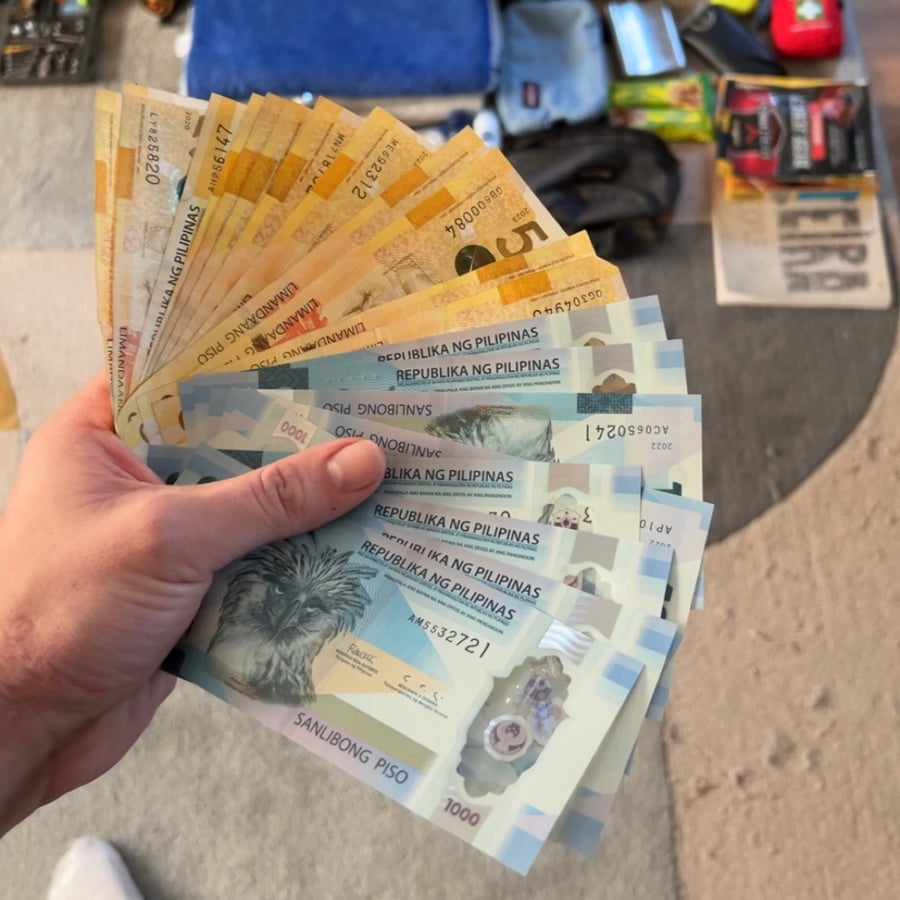
Photo: @joemiddlehurst
If you can, let your bank know that you’re travelling. It wouldn’t be a first that a bank cancels your card without warning because they think it’s a little sus that you suddenly have charges in Madagascar.
Oh, and make sure you know what to do if you need to close a card. If your card gets stolen or lost, cancel it immediately.
TRAVEL INSURANCE
Yes, those capitals letters do mean I’m screaming. GET TRAVEL INSURANCE. No one is invulnerable, and you tend to find that out in the nastiest ways.
Travel insurance guarantees that you can afford those hefty hospital bills abroad (I’m not kidding – who has 100,000 USD just floating around their account?). Travel insurance can literally save your life so if you need to cheap out on something, don’t cheap out on insurance.
Most of the Broke Backpacker team uses Safety Wing travel insurance.
ALWAYS sort out your backpacker insurance before your trip. There’s plenty to choose from in that department, but a good place to start is Safety Wing.
They offer month-to-month payments, no lock-in contracts, and require absolutely no itineraries: that’s the exact kind of insurance long-term travellers and digital nomads need.
SafetyWing is cheap, easy, and admin-free: just sign up lickety-split so you can get back to it!
Click the button below to learn more about SafetyWing’s setup or read our insider review for the full tasty scoop.
Check Your Passport
Make sure that your passport has at least 6 months validity AFTER the end of your trip (many countries require this on entrance!). Also check that you have enough pages left for stamps and visas.
Take a photocopy of your passport in case it gets lost. Take a photo on your phone as well so that you have it at hand and you don’t need to carry el pasaporte everywhere. Trust me when I say that it’s your most valued travel possession and losing it SUCKS.
Research the Right Visas
Always check what the visa sitch is for your destination. The type of visa you need might depend on your mode of arrival (strutting in overland or flying in), your nationality, and the duration of the trip. Often you can get a visa on arrival, sometimes you need to apply for it beforehand.
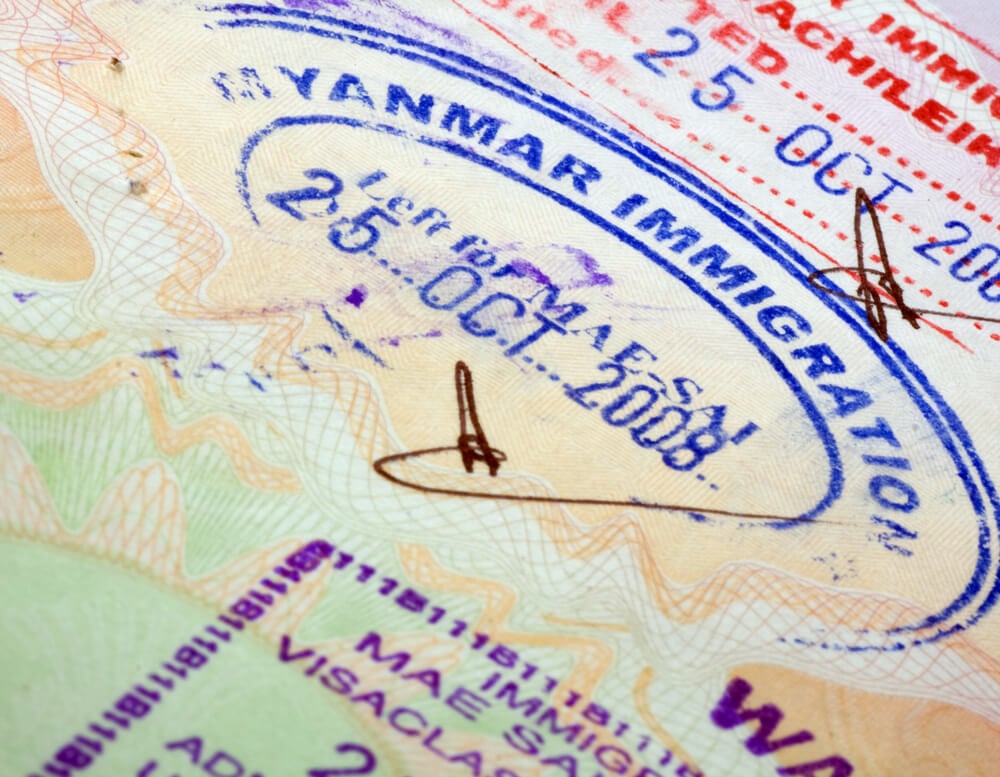
Some countries require proof of onward travel when you arrive. I’m not necessarily encouraging you to do something that might be legally ambiguous… But if your visa allows it and you’re not sure yet when you want to leave, it’s pretty easy to “fake” an onwards ticket.
Buy a cheap ticket to anywhere, or buy a ticket that lets you cancel it for a full refund. You can also use sites like OnwardTicket that sell fake-but-not-fake onward trips for just a few bucks.
At the same time, make sure that you’re even allowed to enter your destination! For example, you can’t visit other Middle Eastern countries if you’ve been to Israel. For this reason, Israel doesn’t stamp your passport anymore, but you might still be find out if you’ve got a stamp from the Egyptian border after crossing overland.
Shots, Shots, Shots! It’s Party, I Mean Vaccination Time
Requiring proof of vaccination is not just a corona fad. Most South American countries require you to have proof of a yellow fever vaccination before entering.
There are also tons of good-to-have vaccinations depending on your destination. Make sure you have the right shots before you travel.
Also check if you might need malaria meds for your destination.

Get Your Phone in Order
First of all, make sure your phone is unlocked and that you can use a foreign SIM card with it. You should get one with local data as soon as you arrive because it comes in handy. Better yet, get an international SIM card!
Download offline Google Maps of the area where you’ll be as well as Maps.me so that even if you don’t have data, you’ll know how to get around once you arrive. Bookmark your hostel on the map before arrival.
You can also download the language of your destination on Google Translate . I promise this is a life saver!
And lastly, you might want to get a VPN. It’s not only for internet security. Some countries like Iran, Indonesia and China restrict access to certain social medias so a VPN is the only way to browse.
It’s Packing Time
Getting hotter… almost there…
Last but definitely not least, it’s important to make sure that you’re packing for your trip. Wait, that came out wrong — I mean that you don’t need a big package for your trip. Uhh, no, let me rephrase that…
Uh, so, packing for your trip. Moving on.
Choosing the Best Backpack for Travelling
Picking the best backpack for travelling is essential. Don’t make the same mistake I did when I first started backpacking and get an ill-fitting backpack. SERIOUSLY. You’ll be lugging that thing around everywhere through jungles (both urban and untamed ones), and climbing in and out of boats with it, you need to make sure it’s comfortable. Oh, and that you’re strong enough to carry it.

Photo: @amandaadraper
You probably don’t need a backpack as big as you think. The golden rule of travel is to always travel as light as possible, and with a backpack that’s just big enough for all the essentials, it’s hard to overpack. (#Lifehack.)
A great travel backpack should fit your frame and body type. Most backpacks have straps for adjusting the load but different sizes and brands work best for different people so try out different options before settling for one. A local outdoor store should be able to help with measurements so that your bag fits as snugly as it should!
Personal tip: try to find a backpack that has zippers that open all the way, similarly to a suitcase. They are kinda rare but if you find one that fits you, BUY IT. Packing and un-packing it is SO MUCH EASIER than a traditional top-loading backpack, and keeps things better organised!
Oh, and if you’re planning to do the whole camping-hiking-Jack-London-wilderness thing: for the love of all things holy and unholy, get a backpack with well-padded straps! (I may be speaking from painful experience.) Most of the weight of the backpack rests on your hips but it’s also important that the shoulder straps are comfortable.
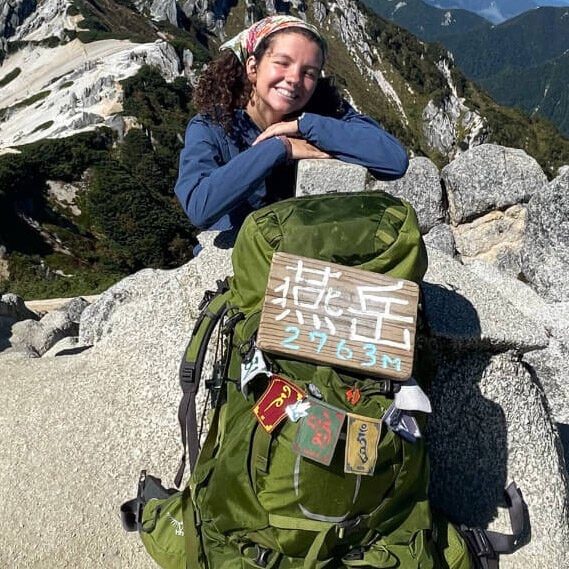
We’ve tested countless backpacks over the years, but there’s one that has always been the best and remains the best buy for adventurers: the broke backpacker-approved Osprey Aether and Ariel series.
Want more deetz on why these packs are so damn perfect? Then read our comprehensive review for the inside scoop!
View on Osprey View on REIWhat to Slip into Your Backpacking Packing List
Ah, yes, now that you have your shiny new backpack, what do you put in it?
Make a backpacking packing list to make sure you remember everything you need and don’t overpack. For some inspiration on a comprehensive backpacking checklist, yours truly has also written a pretty epic packing list to guide you with filling your pack with all the good stuff.
What you pack depends on your trip and yourself. But wait! There are a few things that can either save your butt or ruin your day, depending if you forgot to pack them or not.
- Headtorch: It doesn’t matter if you’re not headed out into the boonies: hostel rooms are a wilderness all of their own, and you don’t want to wake the ferocious beasts that slumber within by turning on the lights in the middle of the night. Just get a headtorch.
- Sarong/big scarf: Sarongs are the most versatile things that ever existed in the history of backpacking – nay, the history of the world. Use one as a privacy curtain, towel, beach towel, hair wrap, dress (it’s a sexy unisex look), to divert an angry bull, warm up the cutie on the hostel rooftop… the possibilities are endless.
- Padlock: Most hostels have lockers but they usually charge extra for padlocks. Bring your own! Bring two! Make it ten and dole them out like padlock Jesus!
- Travel towel: Again, hostels like to charge extra for towels, so bring your own. Plus, if you don’t have one, how are you going to hitch a ride with an intergalactic space craft?
- Reusable water bottle: There is nothing sexier than staying hydrated while saving the world. Grab a reusable water bottle to save plastic, and get one with a filter while you’re at it, so you can use it anywhere in the world.

Photo: @joemiddlehurst
Need more help packing? Check out our helpful guide on how to pack your backpack.
Also: packing cubes? No packing cubes? They seem to divide opinions. Many like them for organising stuff, other backpackers think they’re a waste of money. I find them useful for keeping a top-loading backpack organised but you can also do without if they’re not your thang.
How to Plan a Trip of Epic Proportions, Final Step: Chillax.
The final step to planning a trip — and potentially the most important one — is RELAX. Is your passport valid? Did you apply for the necessary visas? Do you have travel insurance? If yes, yes, and yes, you’re doing great. Good on ya!
Traversing these far-flung lands seems daunting at first when you’ve never experienced it and all you have to go by are stereotypes and stories from other people. Out there be dragons, right?
Things always go wrong when you’re travelling. Always! Despite your best laid plans and careful considerations, you’ll always find yourself in one pickle or another.
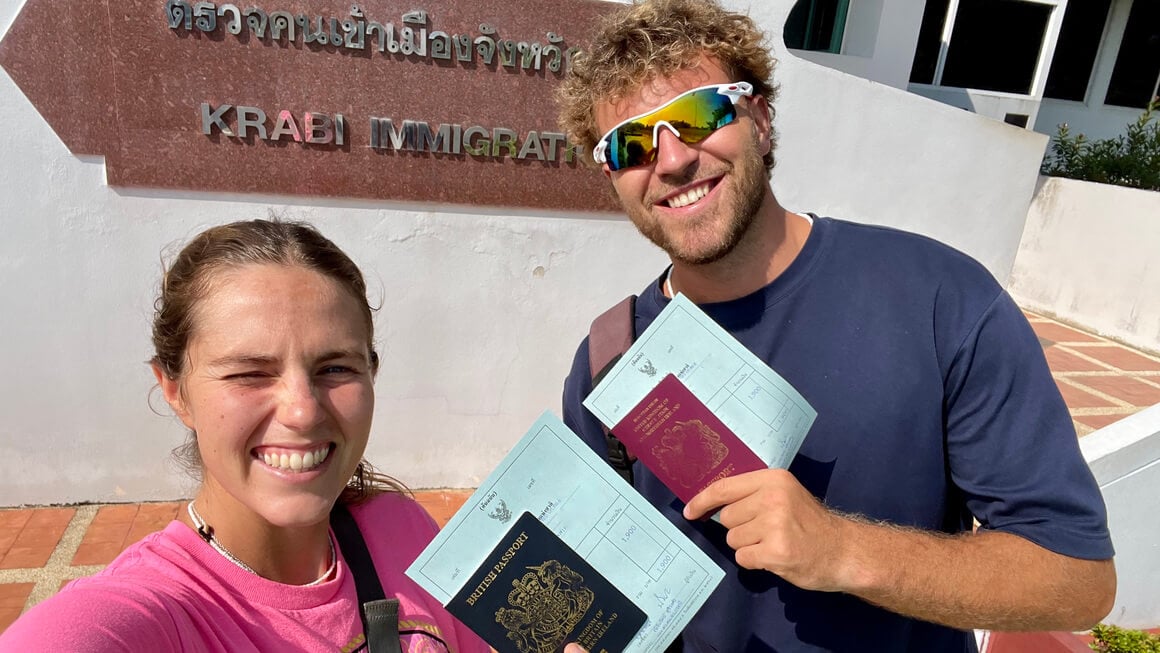
Photo: @danielle_wyatt
If I’ve learned anything while travelling, it is that the road takes care of you if you let it. It sounds woo-woo, but it’s true. In the end, you’ll always be okay. I’ve lost my passport, decimated my only bankcard, broken my heart (not bones, yet, though – touch wood!) and somehow always come out on top.
The best way to plan a trip is to make sure all the important stuff is in order and then chill out about it. I’ve abandoned previous a travel plan when newer and greater opportunities have arisen from the horizon like the glorious morning sun, and I’ve never regretted following the way the road has shown me.
So relax. Don’t stick to your travel plan too hard. Let the road lead you. And have fun, you magnificent future vagabond. Let me know how it goes!

Photo: @amandaadraper
Buy Us a Coffee!
A couple of you lovely readers suggested we set up a tip jar for direct support as an alternative to booking through our links. So we created one!
You can now buy The Broke Backpacker a coffee. If you like and use our content to plan your trips, it’s a much appreciated way to show appreciation 🙂






